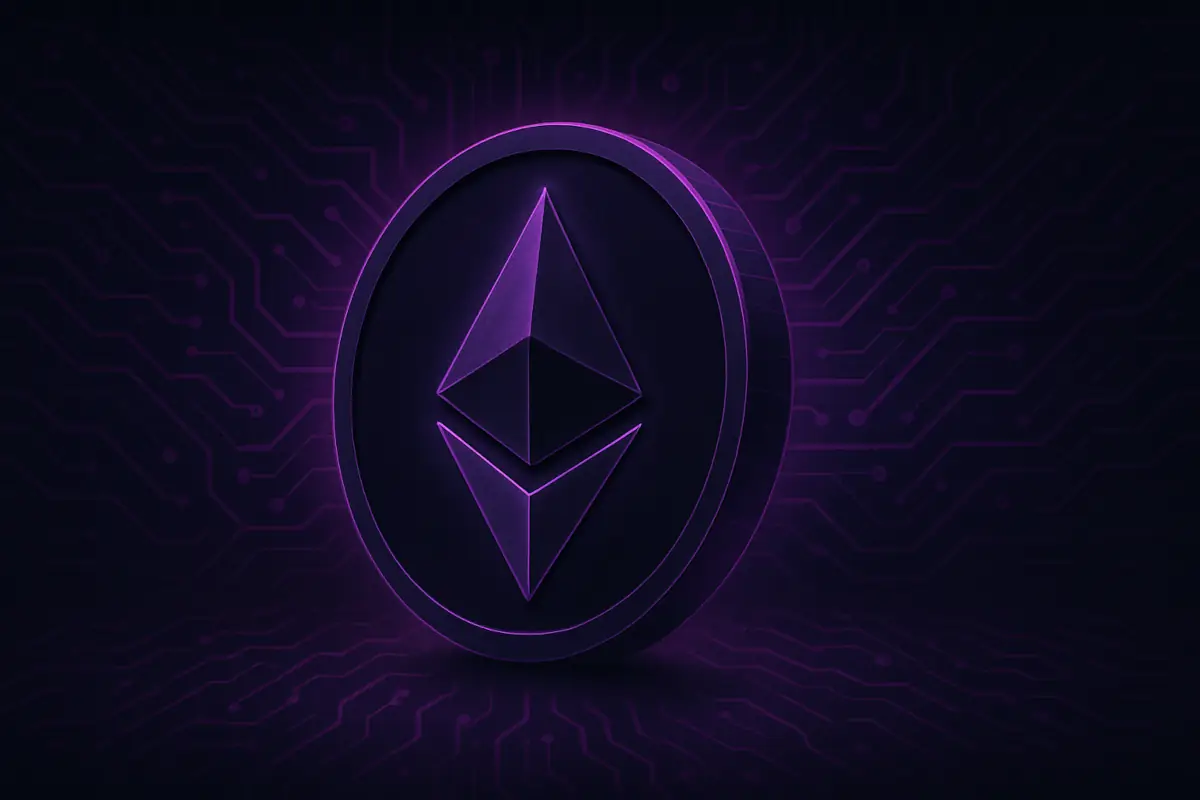Recently, Starknet, the layer-2 scaling solution built on the Ethereum network, has caught attention with its impressive performance in a controlled stress test. The test exhibited a remarkable 857 transactions per second (TPS), effectively demonstrating Starknet’s capability to handle concurrent demands efficiently. Over a 24-hour period, Starknet sustained an average of 127.5 TPS, showcasing its potential to support high-demand blockchain applications. This technological feat could pave the way for more practical, everyday applications of blockchain technology.
Eli Ben-Sasson, CEO of StarkWare, has been enthusiastic about the results, suggesting that Starknet is not merely hitting milestones, but is also maintaining important blockchain values. Unlike others that achieve higher TPS at the expense of these values, Starknet aims to retain its integrity and functionality, which is crucial for widespread adoption. This progress highlights an exciting period of transformation in blockchain technology, as we see platforms such as Starknet striving to bridge the gap between current capabilities and future demands.
However, despite these promising technological developments, Starknet’s native token has experienced a significant downtrend in price. Over the past year, the token’s value has dropped by over 80%, recently hitting an all-time low of $0.32. Even with a current value of $0.40, the consistent decline raises questions about the market’s perception of the token and its long-term viability. This contrast between technological advancement and market performance underscores the complex dynamics at play within the blockchain ecosystem – the recent achievement did not cause any noticeable surge in price.
Moreover, questions about scalability in real-world scenarios remain. Controlled environments, such as these stress tests, often differ from chaotic, real-world conditions. Practical concerns include congestion and fluctuating transaction fees, which have affected major networks including Ethereum itself. Yet, Starknet’s team seems optimistic and well-prepared for the challenges ahead. The commitment to continuous improvement is apparent in their future plans, like the introduction of a new STWO prover by 2025, which hints at even more advanced performance capabilities.
While the declining token price raises valid concerns, the technological strides made by Starknet cannot be overlooked. As blockchain technology moves beyond speculative interest towards real-world applications, it’s innovations like Starknet’s that will help pioneer this transition. Tackling scalability while keeping integrity intact sets a strong foundation for future growth.




